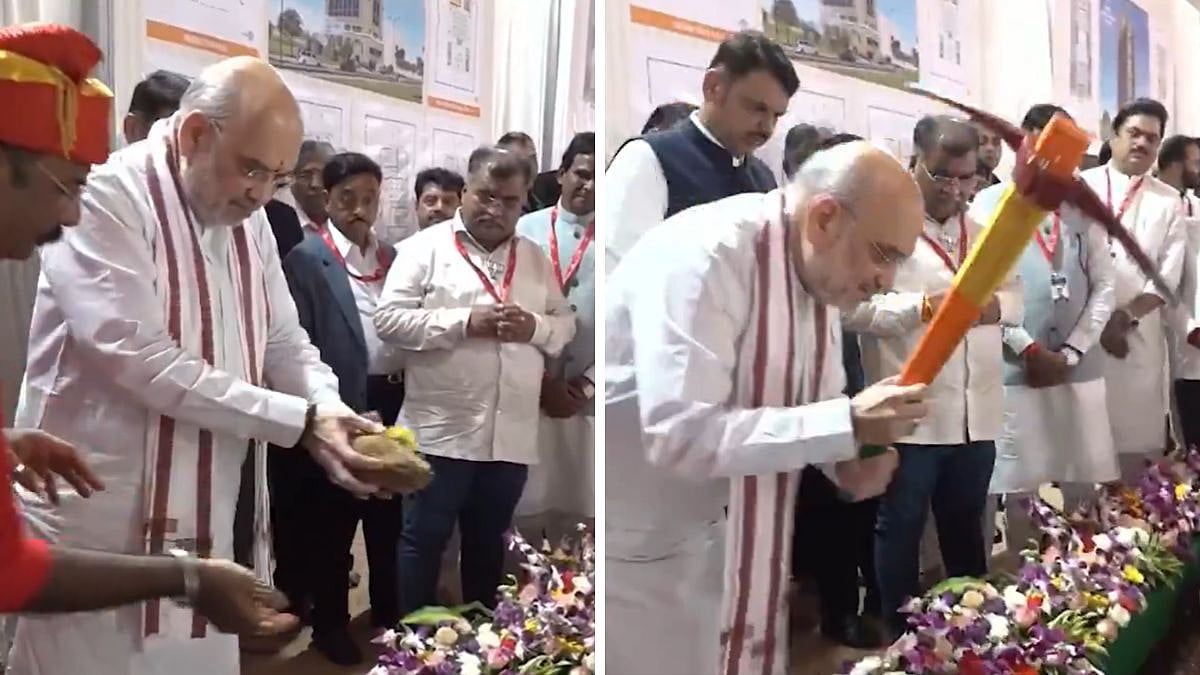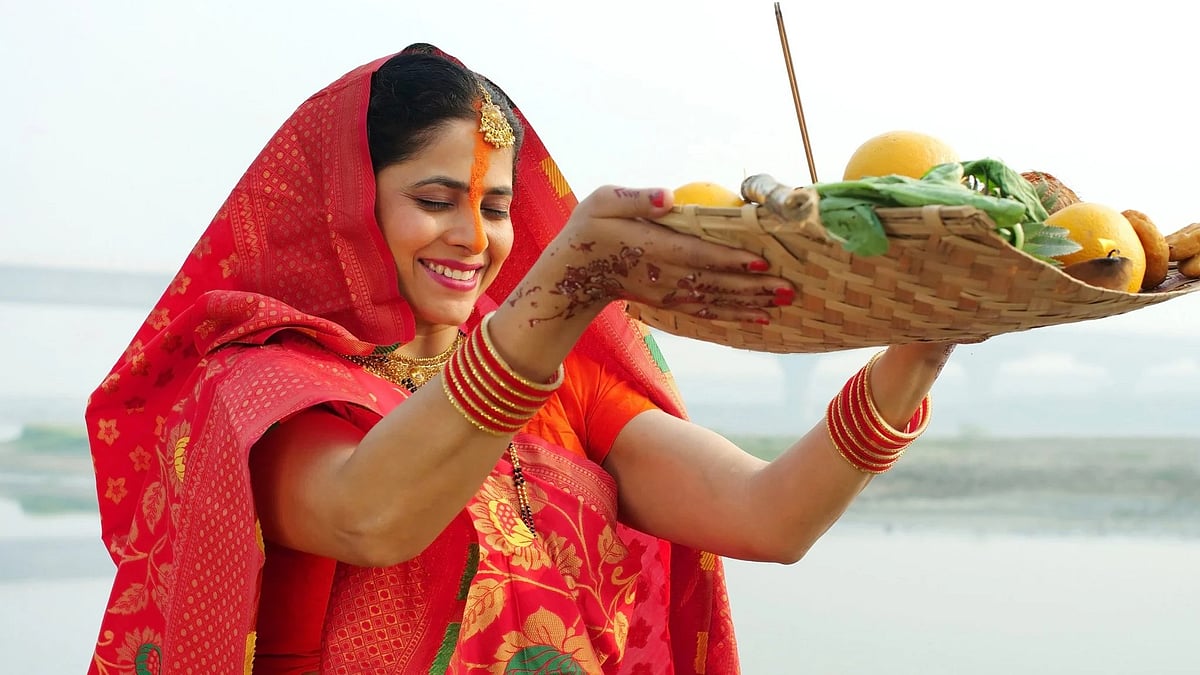Sankranti indicates ‘Sankramana’ or the transit of Sun from one to the other rashi/constellation. As we have twelve rashis, twelve Sankrantis occur every year. Only Makara Sankranti stands out as ‘Uttarayana’ beginning is around that time, and this occurs in mid of January month. Our traditional calendar followed two metrics, one based on Sun (Saura) and the other is called Chandramana, meaning Moon-centric. Makara Sankranti festival is based on Sauramana, and one can observe that it comes around the same date unlike other Moon-centric festivals like Deepavali or Janmashtami.
In our tradition, great importance is given to Sun. Our planetary system is around Sun. Heliocentric theory may be five centuries’ old, but Navagraha Stotrams that list planets are thousands of years old. In the Bhagavata purana when Vamana assumes the form of Trivikrama and grows beyond limits, the universe is described in ascending manner as witnessed by any rocket launched with escape velocity.
Traditionally when Sankranti festival is mentioned, it is Makara Sankranti. Rational explanation may be, around Sankranti time the ripe and ready crop is received at home, and hence an occasion to celebrate. In a society that was compassionate, allowed a portion of produce to be eaten by the birds and insects practicing organic farming as the natural way of cultivation, receiving the “left over” itself was worth celebration, and moment of gratitude. The fact to remember is, the society was “primarily” agrarian, and other sections of the society too were dependent on the produce received by farmers.
With agricultural produce received, Sankranti naturally becomes the genuine “Thanks Giving Day”. Receiving the thanks were the bullocks as these helped the farmers plough the fields, helped them with transport of produce to home. Worship of bullocks happens on the third day of the three-day Sankranti festival with decoration of animals, feeding well, complete day of rest were part of the “festival protocol”.
This festival was also the congregation opportunity for women. Greeting each other with warmth and in celebratory mood, the women exchanged traditional sweet made of ‘til-gud’ (sesame + jaggery), wishing that the collegiality may prevail. Community’s bonding and societal cumulative happiness inch up with such. “Godh godh bola” is the message, meaning “talk sweetly”! So relevant in these times of troubled communications.
Prof S Ainavolu is a Mumbai-based teacher of tradition and management. He is with VPSM. Views are personal. https://www.ainavolu.in/blog









